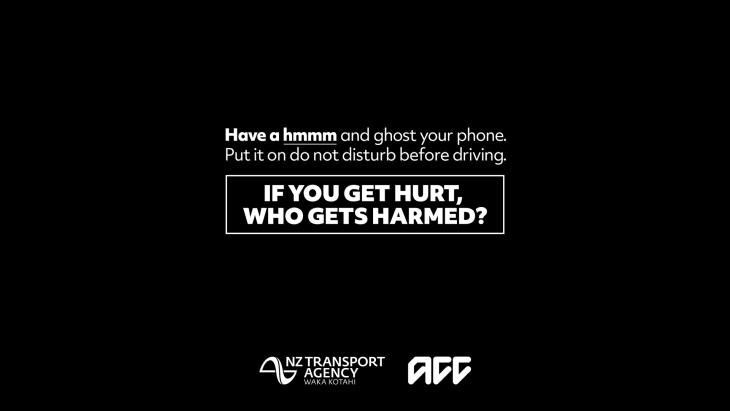‘Ghost your mates’ to stay safe at the wheel
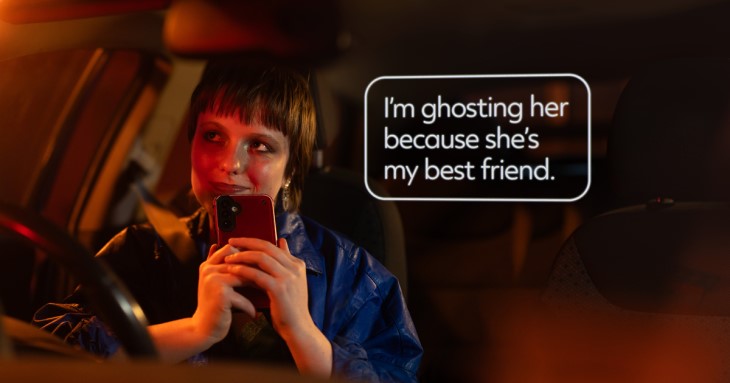
We’ve teamed up with NZ Transport Agency Waka Kotahi and the New Zealand Police to launch ‘Ghost your mates’, a new initiative aimed at keeping young drivers safe on the road by avoiding phone distraction.
Many of us spend hours glued to our phone screens every day, watching cool content or keeping in touch with our mates.
It can be hard to tear ourselves away but there’s at least one time when the consequences of not doing so can be fatal – driving.
Young drivers have the highest frequency of fatal or injury crashes related to distractions while driving, so they’re the target of the latest road safety campaign to hit our screens.
The new campaign asks young drivers to ‘ghost their mates, loved ones, and their phone’, by getting them to switch their devices to do not disturb when they’re behind the wheel.
In collaboration with the NZ Transport Agency Waka Kotahi and New Zealand Police, we’ve developed the initiative to encourage young drivers to ‘Have a hmmm’ before they hit the road.
In 2023, official crash data from the Ministry of Transport revealed distractions were responsible for 15 fatal crashes, 116 serious injuries and 1,039 minor injuries.
We supported people to recover from around 53,000 active claims for road-related injuries last year, with 35,000 of these being new claims. The cost to help people recover from these injuries was over $770 million.
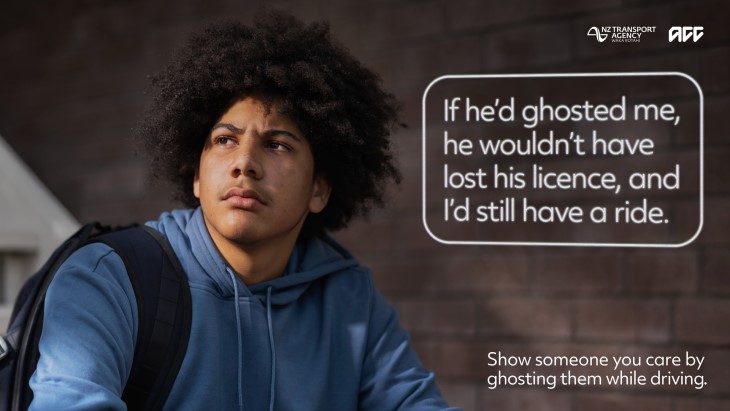
Social media proving a distraction
Social media is one of the main reasons many young drivers are using their phones while driving, says ACC Injury Prevention Leader James Whitaker.
The ‘Ghost your mates’ campaign is therefore social media-led to target where a lot of young driver audiences spend their time.
“We use the theme of ‘ghosting’, a behaviour young people associate with phones and devices, and frame it as a way of protecting friends and whānau from being distracted on the roads,” he says.
It’s estimated the crash risk of a young driver using their phone is four times that of those who don’t use their phone while driving.
“Young drivers not only face an elevated crash risk but also exhibit the highest frequency of distraction-related fatal or injury crashes, with 58 per cent admitting to holding their phones while driving,” James says.
“The elevated risk of accidents for young drivers who use their phones underscores the urgent need for targeted initiatives to address this critical issue.”
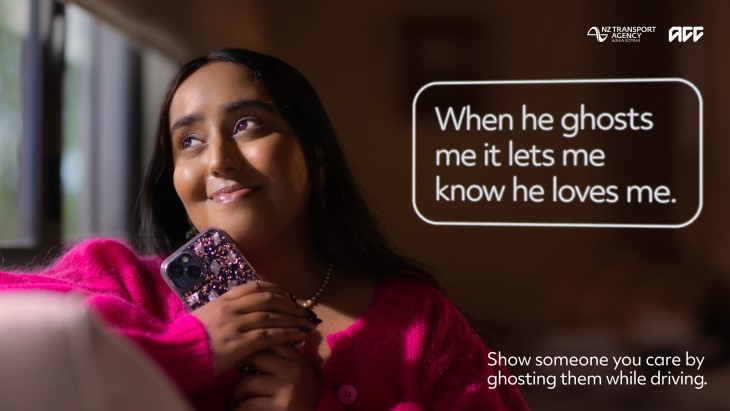
‘Put your phone down – it’s that simple’
Distracted driving – alongside restraints, impairment and speed – is one of the four key road safety behaviours targeted by NZTA and Police.
Distracted drivers are a serious contributor to deaths and injuries on our roads every year, says NZTA Director of Land Transport Brent Alderton.
“Nearly 40 per cent of New Zealanders admit to sending or reading messages while driving,” Brent says.
“We’re asking drivers to take a simple action every time they get behind the wheel – put their phone on do not disturb.”
Superintendent Steve Greally, Director of Road Policing for New Zealand Police, says just one moment of distraction can prove costly.
“Things can change around you in a split second and, if you’re not paying attention, you may not have time to react and avoid a crash,” he says.
“Drivers need to be clear that if they’re detected using mobile phones while driving, they will be ticketed.”
“The best way to avoid that and stay safe is to put your phone down – it’s that simple.”
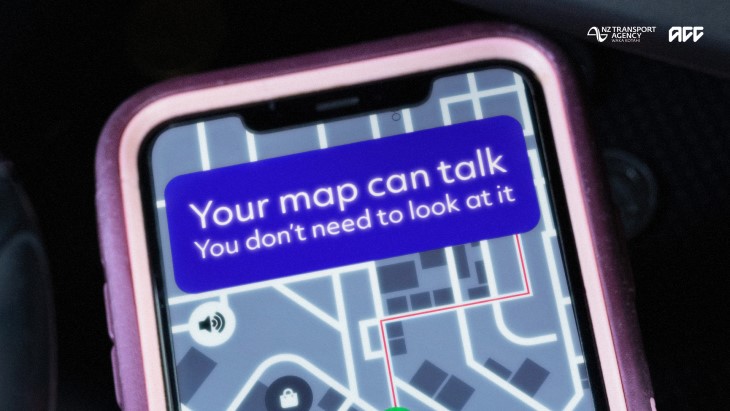
‘Ghost your mates’ campaign
- This initiative has been developed by ACC, in collaboration with NZ Transport Agency Waka Kotahi and the New Zealand Police, to encourage young drivers to ‘Have a hmmm’ before they hit the road and put their phones on do not disturb.
- Targeted at young drivers from 16-24 years old, it will be integrated with enforcement by Police from mid-April and initially run until the end of June.
- It’s being supported by local activations involving three Police districts – Central, Eastern and Wellington – and local councils, with a focus on distractions.
- The campaign is receiving communications support from Auckland Transport, the Safe and Sustainable Transport Association and regional road safety partners.
